FOOTBALL
Diego Maradona, Argentinian soccer genius who saw heaven and hell, dead at 60
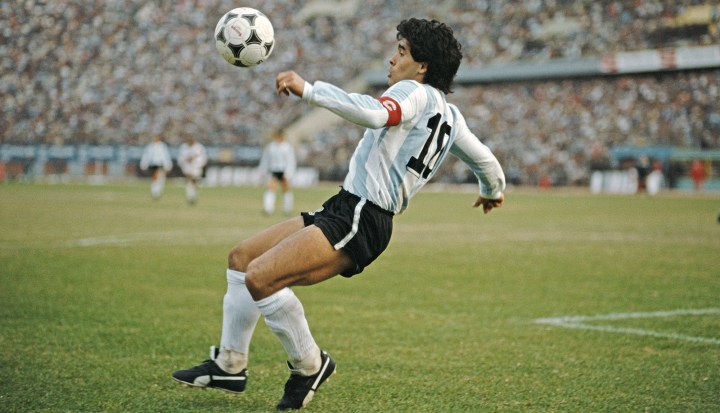
BUENOS AIRES (Reuters) - Argentinian soccer legend Diego Maradona, widely regarded as one of the game’s greatest ever players, died of a heart attack on Wednesday, his lawyer said.
Maradona, 60, had recently battled health issues and underwent emergency surgery for a subdural haematoma several weeks ago.
He suffered a heart attack at his home in the outskirts of Buenos Aires on Wednesday, Argentinian media and acquaintances of the former player said.
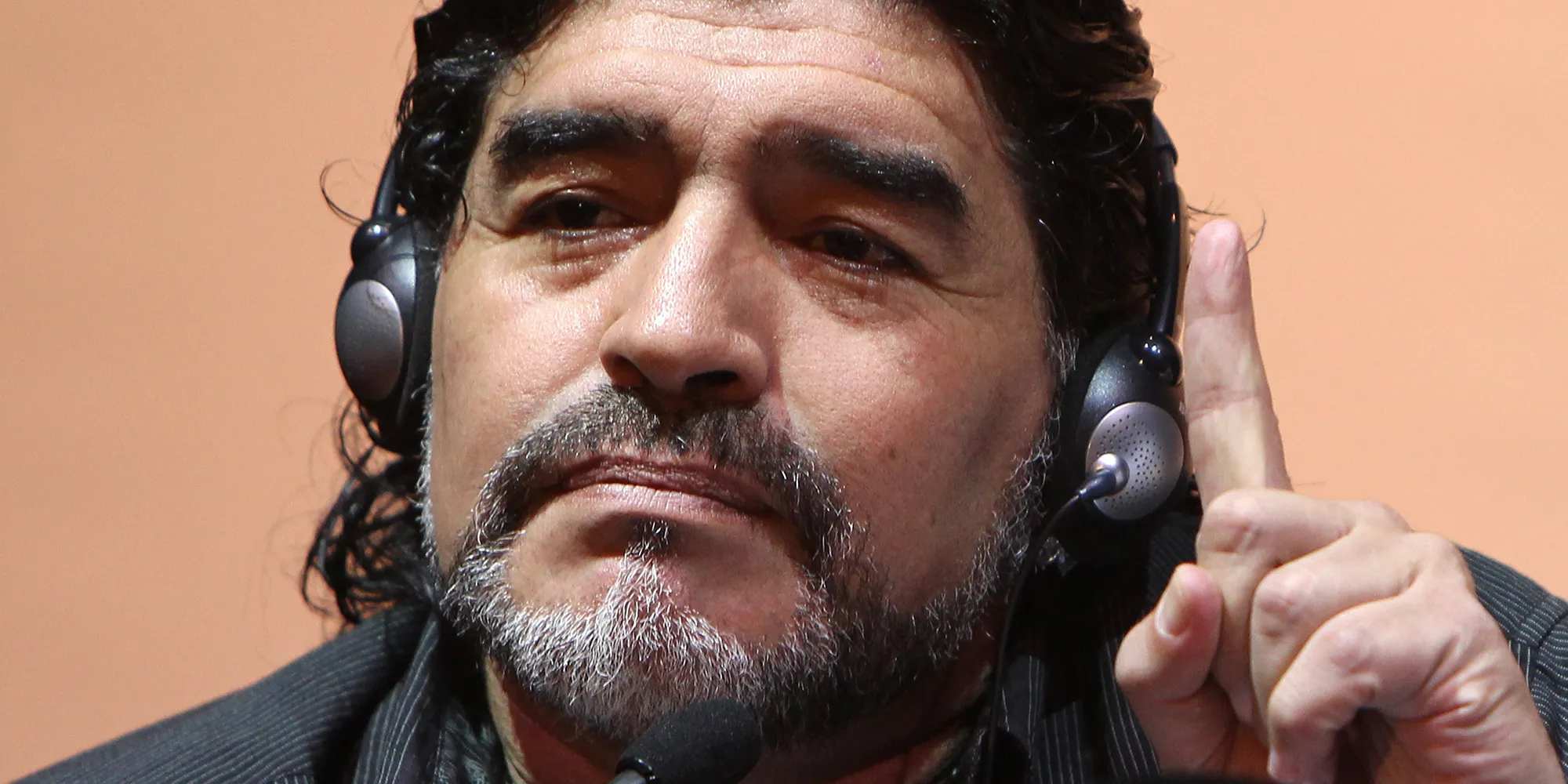
Diego Maradona at a press conference in Dubai in 2011. (Photo: EPA / Ali Haider)
President Alberto Fernandez of Argentina declared three days of national mourning. Retired Brazilian soccer star Pelé was among those who mourned the Argentine player.
“Certainly, one day we’ll kick a ball together in the sky above,” he said in a brief statement provided to Reuters by a representative.
Worshipped like a god
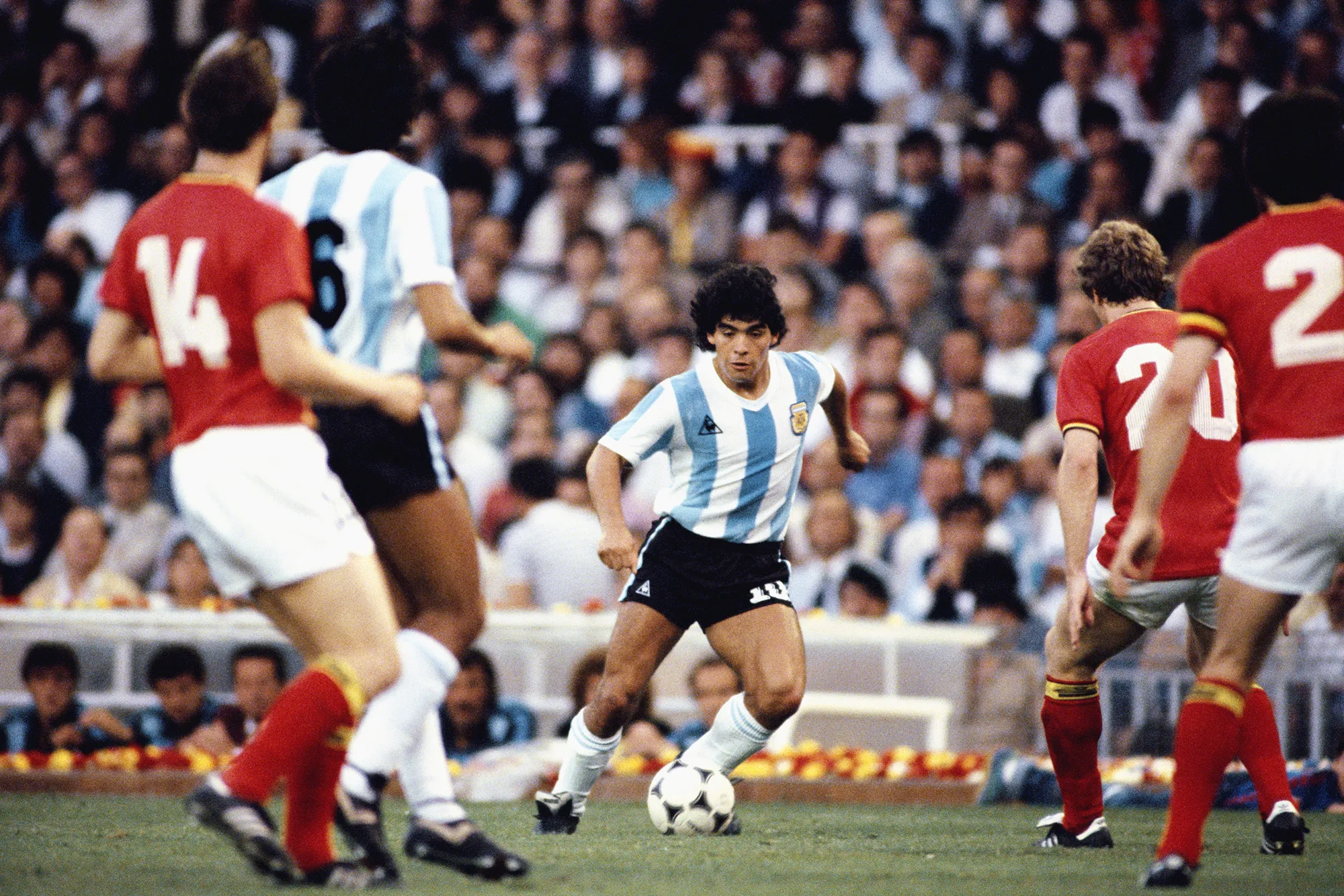
Maradona, centre, takes on the Belgium defence during the 1982 Fifa World Cup match between Argentina and Belgium at the Nou Camp stadium on June 13, 1982 in Barcelona, Spain. (Photo: Steve Powell / Allsport / Getty Images)
Maradona was worshipped like a god for his genius with the ball, but his demons almost destroyed him.
Watch some of his greatest goals here
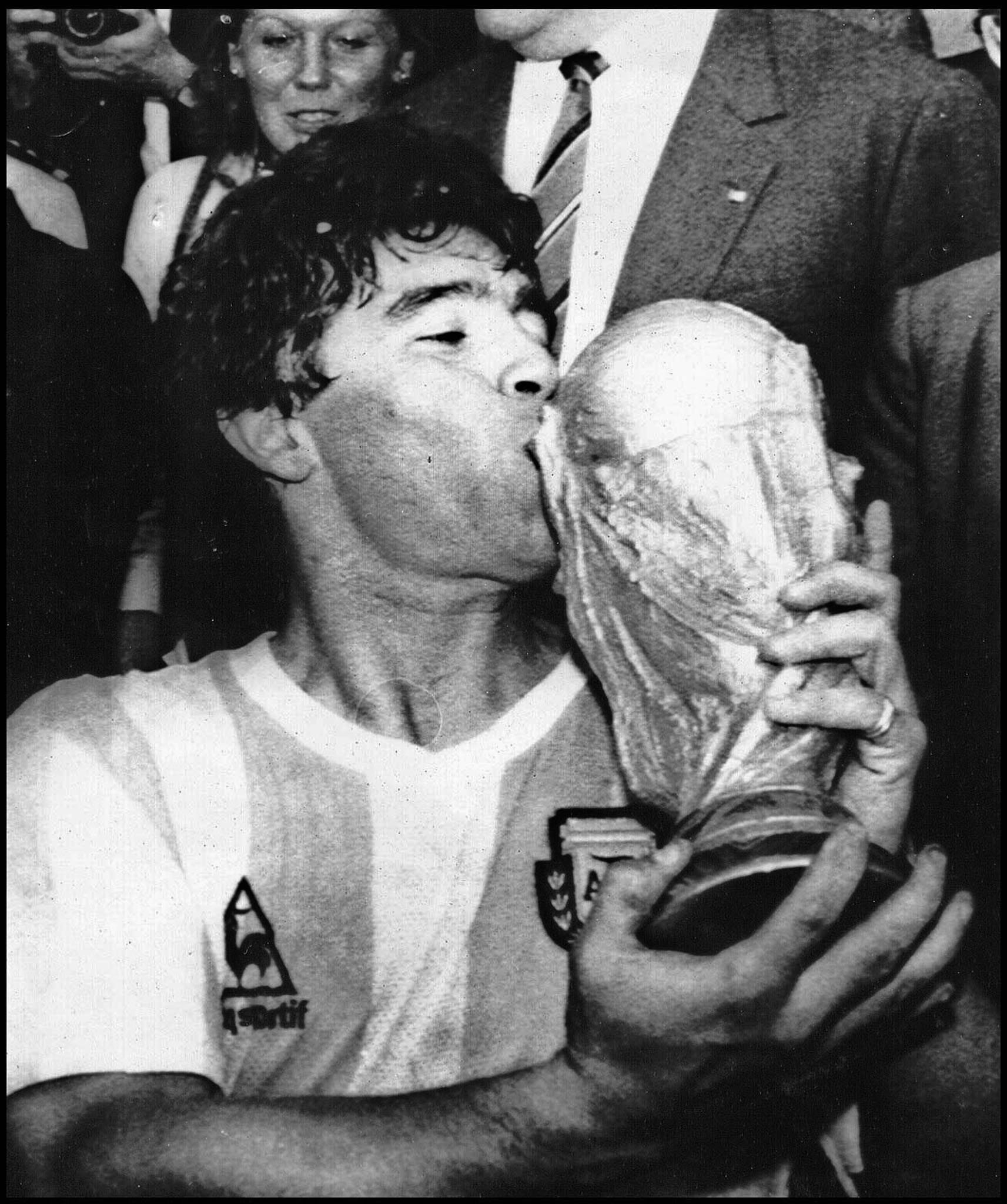
Maradona kisses the Mexico 1986 Soccer World Cup trophy in Buenos Aires, Argentina. (Photo: EPA-EFE)
Rising to stardom from a grimy Buenos Aires slum to lead Argentina to World Cup victory, Maradona was a rags-to-riches story in his soccer-mad homeland and gained the iconic status of fellow Argentinians Che Guevara and Evita Peron.
One of the most gifted soccer players in history, Maradona’s pinnacle of glory came when he captained Argentina to win the World Cup in 1986 before plunging into misery when he was kicked out of the 1994 World Cup for doping.
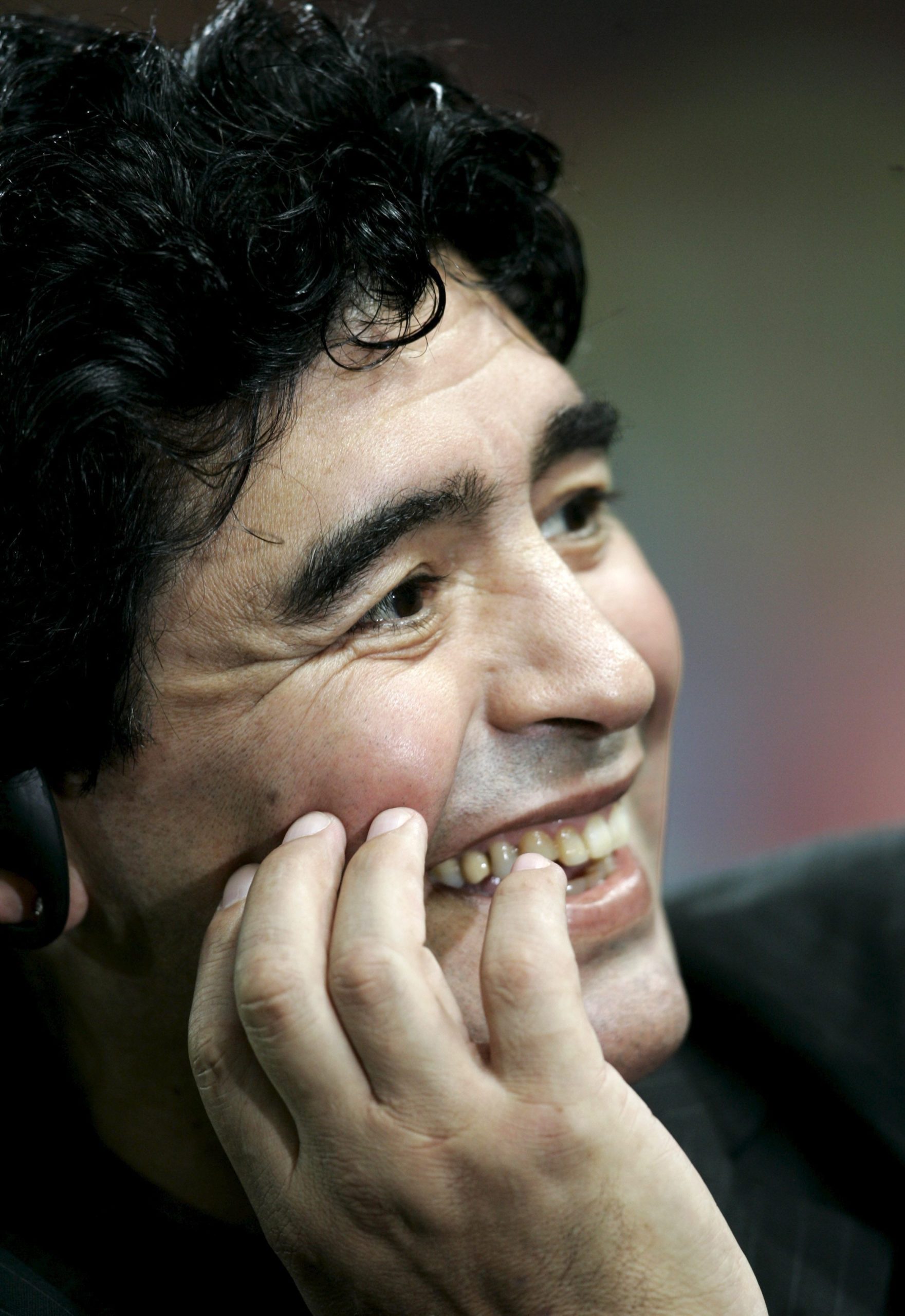
Maradona smiles before the UEFA Champions League football final match in the Ataturk Olympic Stadium in Istanbul, Wednesday 25 May 2005, when AC Milan faced Liverpool FC. (Photo: EPA / Kerim Okten)
Years of drug use, overeating and alcoholism truncated a stellar career and altered his appearance from the lithe athlete who could slalom effortlessly through teams to a bloated addict who nearly died of cocaine-induced heart failure in 2000.
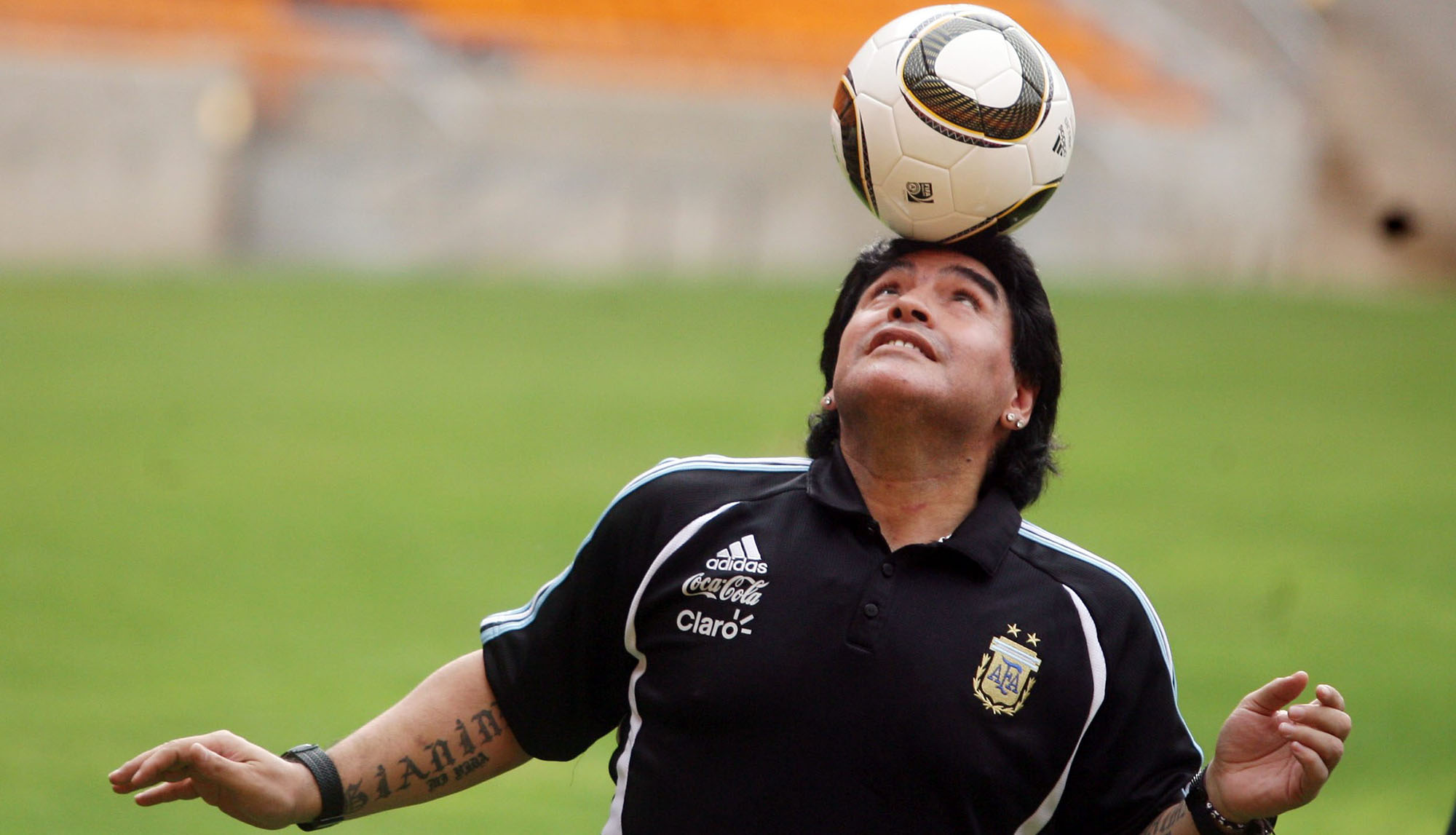
Diego Maradona during a visit to the then Soccer City Stadium (now FNB Stadium), which staged the opening match and final of the 2010 Fifa World Cup. (Photo: Gallo Images / City Press / Leon Sadiki)
But he reinvented himself in a stunning comeback in 2008 as coach of the Argentina team, persuading managers that with sheer charisma he could inspire the team to victory, despite a lack of coaching experience.
A magician with the ball — deceptively quick and a visionary passer — Maradona is considered by some as the greatest soccer player ever, edging out that other great, Brazil’s Pelé.
In Argentina, he was worshipped as ‘El Dios’ — The God — partly a play on words on his number 10 shirt, ‘El Diez.’
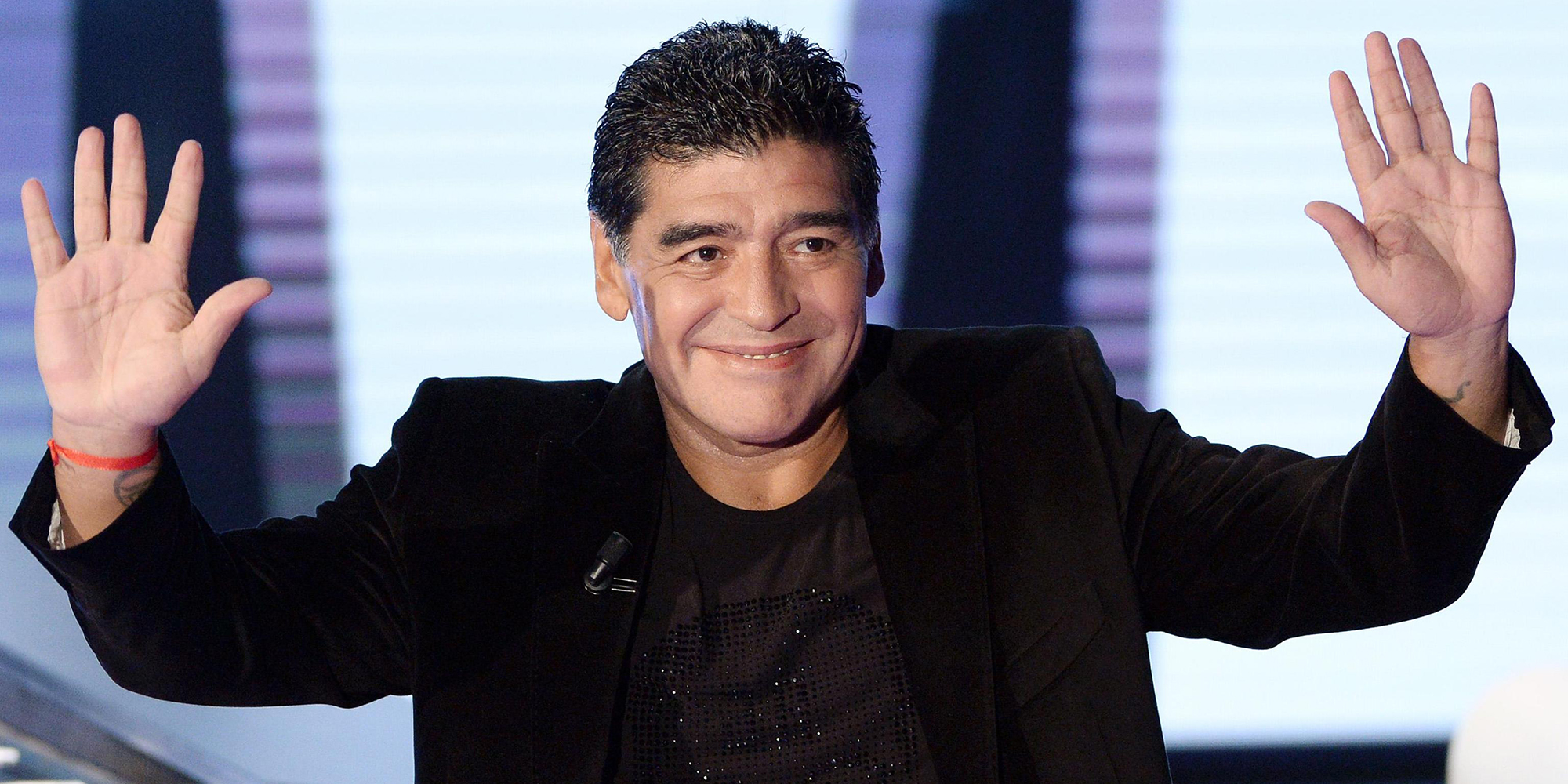
Maradona appears on an Italian TV show in Milan, Italy, 20 October 2013. (Photo: EPA / Daniel Zennaro)
He was largely responsible for Argentina’s World Cup victory in 1986 in Mexico, scoring two famous goals in one game against England in the quarter-finals.
The first was a notorious goal scored with his fist, and the second, where he dribbled past half the England team, is often called the goal of the century.
“It was partly by the hand of God and partly with the head of Maradona,” he said of his opener in the 2-1 win.
On the ball from the start
Born on October 30, 1960 in the Buenos Aires working-class suburb of Lanus, the fifth of eight children of a factory worker, Maradona grew up in the Villa Fiorito shantytown.
His mother Dalma, known to his fans as “Dona Tota,” saw a star reflected on the floor in the church where her son was baptised and imagined a bright future as an accountant.
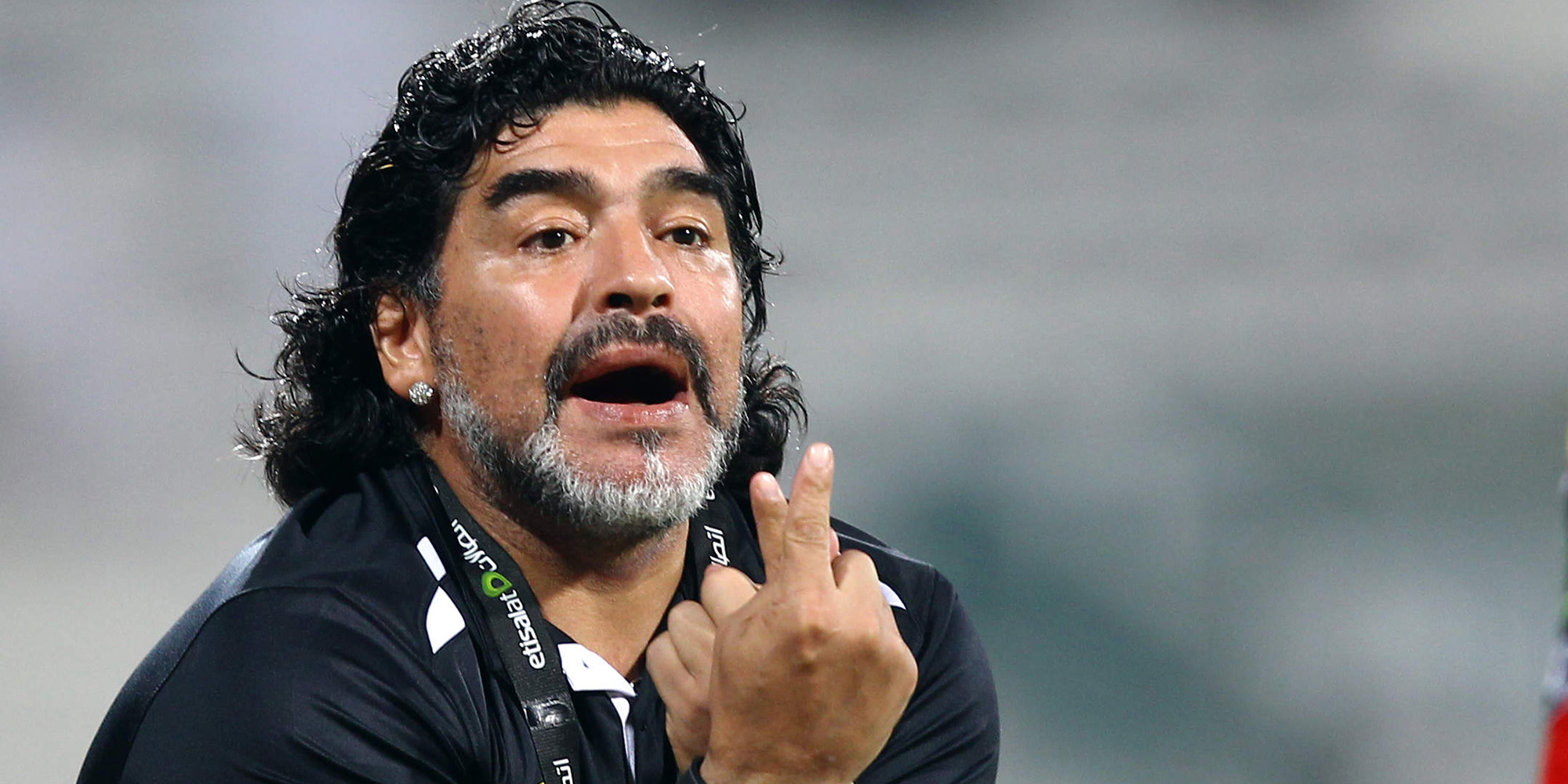
Maradona during the Pro Etisalat League match between Al Wasl and Dubai from Al Maktoum Stadium on January 05, 2012 in Dubai, United Arab Emirates. (Photo: Amin Mohammad Jamali / Gallo Images)
But Maradona’s love affair with soccer was apparent from the start. Given his first football as an infant, he slept with it under his arm.
Discovered in street kickabouts by the scout for first division club Argentinos Juniors, the prodigy made his league debut at 15.
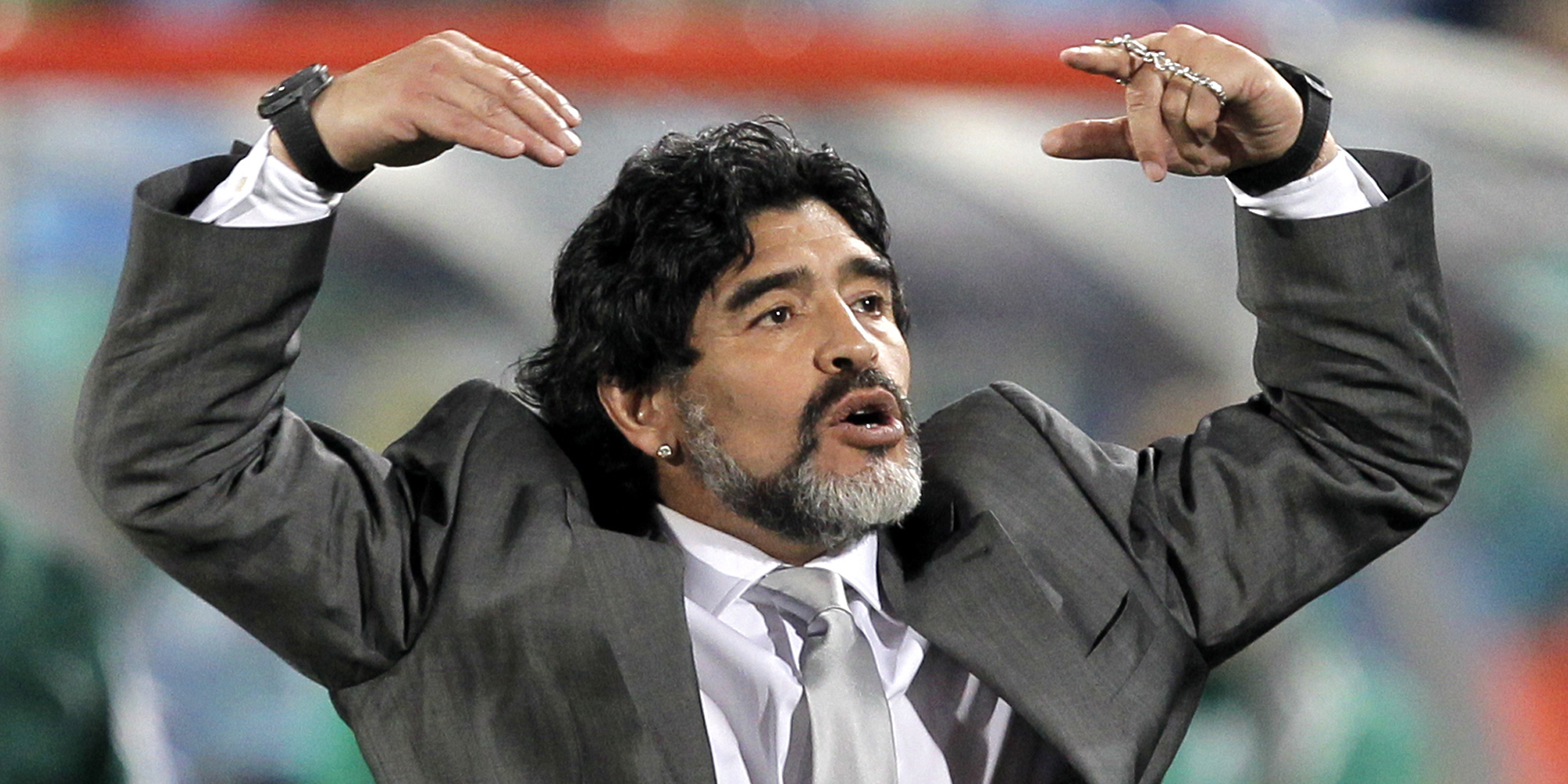
Head coach Maradona gestures on the touchline during the Fifa World Cup 2010 group B preliminary round match between Argentina and Nigeria at the Ellis Park stadium in Johannesburg, 12 June 2010. Argentina won 1-0. (Photo: EPA / Kerim Okten)
At 17 he just missed inclusion in Argentina’s 1978 World Cup-winning squad at home. In the 1982 tournament in Spain, a sending-off against Brazil was a fitting prologue to two unhappy seasons at Barcelona, marred by hepatitis and injury.
But then came liberation, and triumph. In 1984, he moved to Napoli for a then world-record $7.5-million contract. Maradona helped underdogs Napoli to the Italian title twice — creating a whole new set of adoring fans in the process.
And, after the 1986 World Cup triumph in Mexico, he also coaxed a mediocre Argentinian team to a second successive World Cup final in Rome in 1990.
But by 1991, drugs and alcohol began taking over his life.
That year Maradona was handed a 15-month suspension from football worldwide for doping and was called to trial in Naples over alleged links with a vice ring.
He was banned again for 15 months after testing positive for drugs at the 1994 World Cup in the United States.
The compact, 1.65m player with dark curly hair and a pugnacious set to his jaw surrounded himself with an entourage of yes-men and became known for his sharp-tongued confrontations with reporters and critics.
Through the years he reflected publicly on his greatness and on his weaknesses, publishing books of photos and quotes about himself and hosting a television show.
“Soccer is the most beautiful and healthy sport in the world. Soccer shouldn’t have to pay for my mistakes. It’s not the ball’s fault,” he said.
Slow-motion suicide
Maradona retired from professional soccer in 1997 and after his brush with death in 2000, he underwent drug rehabilitation, living off-and-on in Cuba between 2000 and 2005, where he often spent time with Fidel Castro. He had a tattoo of the Cuban leader on his leg — and one of fellow revolutionary Che on his arm.
For many, his off-pitch sins overshadowed his genius.
“My main doubt is whether he has the sufficient greatness as a person to justify being honoured by a worldwide audience,” Pelé said after a popular vote gave Maradona the Fifa century award in 2000, leaving Pelé in second place.
Argentine media obsessed over Maradona’s addictive personality, with blanket coverage of his 2005 gastric bypass operation to lose weight and his 2007 hospitalisation for life-threatening alcohol-induced hepatitis.
Drug and alcohol experts called Maradona’s abuse of one substance after another a slow-motion suicide.
But Maradona cleaned up and bounced back. In 2008 he talked himself into a position as the coach of Argentina’s national team.
Many Argentines doubted he could get a talented squad of players to act as a coherent unit, and they seemed justified when the team barely squeaked through the qualifiers for the 2010 World Cup in South Africa, finally crashing out in the quarter-finals.
Spells coaching in the United Arab Emirates were followed by a stint in charge of Mexican second-division club Dorados de Sinaloa, before returning to Argentina to take over Gimnasia y Esgrima in La Plata in 2019.
All the while, Maradona was never far from the front pages.
During a rest cure in Italy, tax police confiscated his trademark diamond earring to help pay back taxes. In 2010 he was rushed to a hospital in the middle of the night for reconstructive surgery after one of his own dogs bit his lip.
With his knees causing him increasing pain and his weight fluctuating, his mobility was hampered and his famous speed long gone.
But fans remained devoted. From China to Europe, Argentinians found they could make friends just by mentioning Maradona’s name.
Some created the Maradoniana Church, complete with its own religious imagery and 10 Commandments, one of which is, “Make Diego your middle name and name your first son Diego”.
Maradona was an antidote to upheaval for Argentina as it suffered successive economic crises and humiliating defeat to England after the 1982 conflict over the Falklands, or Malvinas Islands.
And he was balm for the wounded soul of Argentinians, obsessed with their country’s perpetual failure to live up to its potential on the world stage.
“In our collective imagination Diego Maradona represents a certain glorious past, he’s a symbol of what we might have been,” popular culture professor at Buenos Aires University and Maradona expert Pablo Alabarces has said.
“He will always be forgiven,” said Maradona fan Marcelo Pose, a Buenos Aires attorney. DM







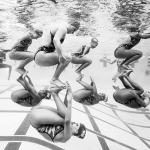

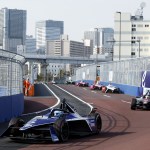








 Become an Insider
Become an Insider
Comments - Please login in order to comment.